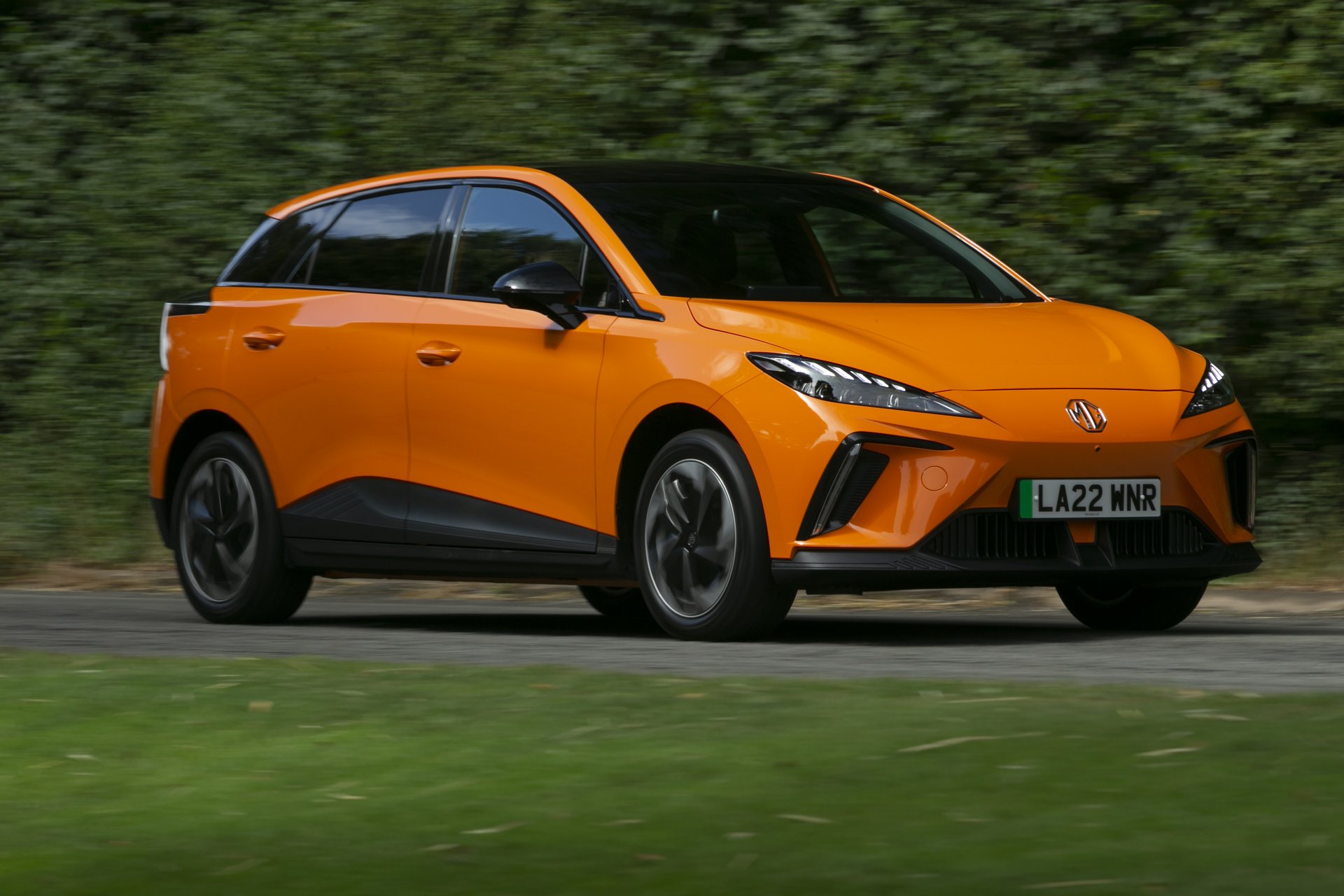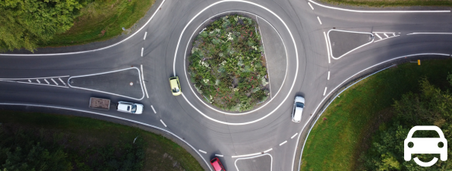Is the EV Revolution Stalling in 2023?

Is the EV Revolution Stalling in 2023?
As governments and legislators trip over each other in the race to hit ambitious ‘net-zero’ targets and amp-up an all-electric transport utopia, the real world starts to measure up the current realities and potentially introduce a circuit breaker or two to the so-called EV-revolution. Could it be that consumers are already becoming disillusioned with electric cars?
Used EV sales appear to be declining, and the rate of growth of new electric car sales is slowing, not just here, but across Europe. Meanwhile Germany and Italy have fought back against the European deadline of banning sales of traditional internal combustion-engined (ICE) cars by 2035 (it’s 2030 in the UK).
So what’s going on? Rapidly increasing energy costs, an evident shortage of public chargers, the high costs of EV purchase exacerbated by a cost-of-living crisis, concerns about real world range, and suspicions about battery life, not to mention impending shortages of the materials required to make electric car batteries, are all staying the hands of those previously eager to sign up to the EV trend.
EV sales are still growing, just not as rapidly
In February of this year, hybrid electric vehicles recorded the highest growth of all fuel type increasing by a massive 40%. Petrol cars were up too, though, by 35.8% and still represented 56.9% - the majority - of the new car market share. Diesels on the other hand continue to fall out of favour, down by 7%.
Plug-in hybrid electric cars rose 1%, but as mentioned the growth of pure electric car sales continued upwards rising 18.2% and making up one in six new cars. It’s anticipated that nearly half a million (488,000) plug-in hybrids and full electric cars will join Britain’s roads in 2023, as manufacturers bring in 40 new models to the market.
Globally in 2022 around 4.3m new electric cars and plug-in hybrid electric cars were delivered to owners. Over 10.6 million new and used EVs were traded in 2022 which was a 57% rise on the previous year.
However, on the flip side, according to the Society of Motor Manufacturers and Traders (SMMT), while the market share of EVs in the UK increased in February 2023, it only represented 22.8% of all deliveries. New EV sales in Europe have also declined. Meanwhile, new data from Auto Trader indicates that demand for used EVs in the UK is down year on year for the first time since the pandemic began, with a double-digit decline of 12.6% in 2022.
Why EV sales could be slowing
As already alluded too, there is not one, but a catalogue of causes that are combining to put off buyers thinking of making the transition from ICE to EV. While energy bills rocket upwards, fuel and diesel costs have actually come down by 23% from their peak in July 2022 and are now only one penny more expensive than they were a year ago according to the RAC fuel price data.
Additionally, EVs will be subject to annual vehicle tax from 2025, and because they aren’t entirely zero emissions, due to particulate matter emission from brakes and tyres, it’s only a matter of time before they will also be subject to ultra-low emission zone charges too.
The RAC also reported that the cost of public rapid charging has increased by 50% in eight months, with drivers paying £36 to charge a typical family-sized electric car with a 64kWh battery to its 80% rapid or ultra-rapid limit – enough to cover around 188 miles. This is more than twice the cost of charging the same car at home (about £18), with drivers using rapid chargers now paying 20p per mile for their electricity. These costs are higher than the equivalent per-mile rate for a petrol car that achieves an economy of 40 miles to the gallon (17p per mile) and are on a par with a diesel car achieving the same economy (20p per mile).
As recently highlighted by press reports of lines of EVs waiting for public chargers over the winter, another concern for motorists is the lack of charging infrastructure which can make running an EV a time-consuming and frustrating process. According to FleetNews, the UK will need between 253,000 and 661,000 extra electric vehicle (EV) charge points by 2035 to account for new car sales switching to electric. At present there are around 42,000 public charge points.
Additionally, while EV’s come with long battery warranties, and real-world experience has demonstrated good battery performance at up to and over 100,000 miles and/or 10 years, it’s also true that battery packs do degrade depending on use, frequency and type of charging. A major concern that arises from this is residual values. If battery packs degrade significantly, a replacement can cost at least £10,000 and as much as £20,000. At 10-years old that might well make a used EV an unviable proposition for sale.
A side effect of this is that insurance companies are more frequently and readily writing off crashed EVs, because of the higher cost of repair and battery replacement. Battery packs can be recycled and even put to use as domestic and commercial energy storage devices, but that doesn’t necessarily help owners worried about a depreciating asset sitting on their drive.
The Manufacturing bottlenecks
One of the main reasons why the EV revolution has stalled in 2023 is a lack of supply. There is already a shortage of components required in car manufacturing, but the raw materials needed to make for batteries are expensive, and very carbon-intensive.
Volvo, which is heavily banking on producing electric cars under its own brand and sub-brand Polestar, admitted the carbon footprint cost of producing a new EV can be 26 tonnes or more. Meanwhile an ICE equivalent would be 6 tons, and just running your existing car puts out about 4.6 tonnes annually. You could run your current car for five years and put out less CO2 than buying a brand new EV would do.
According to research by ABB Robotics, more than half of industry experts surveyed believe the shift to pure EV production is not feasible due to a shortage of raw materials. Australia currently supplies the most lithium, followed by China, despite the lithium triangle being Chile, Argentina, and Bolivia, where the world's biggest deposits of lithium are located. However, it takes about six years to set up a lithium mine.
Unsurprisingly Germany can companies and Italy have objected to the 2035 deadline to stop selling ICE vehicles in Europe. Now ICE cars will be allowed to continue as long as they are developed to run on alternative fuels such as bio-ethanol or carbon-extracted and synthetic e-fuel alternatives to petrol and diesel. This of course doesn’t bode well for the UK’s current 2030 deadline to ban new ICE vehicle sales. It’s also worth noting that we still have an estimated half a century’s worth of oil left.
Should we be giving up on EVs?
Absolutely not. Electric cars are getting better all the time, with improved ranges and increased affordability. It’s expected they will achieve price-parity with ICE around 2025, but with offerings like the award-winning MG4 EV family crossover costing about the same as a Ford Focus, and further new Chinese entries due in the market, as well as the EV price-war recently ignited by Tesla slashing prices by over 10% on some of its models, this is already happening.
Electric cars are more energy efficient, 85-90% compared to just 17-21% efficiency for ICE vehicles, while they are carbon-intensive to produce, over the longer run, they will be better for the environment. Production costs will come down, as well energy costs, and supply will be cleaner with more renewable energy sources coming online.
EVs are also ideal for those that can charge at home with a smart meter utilising low-cost electricity. Home owners that install solar panels can save even more, plus, as car-to-home charging starts to become available, when electricity is at peak rates, it will be possible to use the EV to send electricity back to your house, essentially turning your car into a domestic energy storage device!
While EVs rapidly use up charge on longer journeys at motorway speeds, drive them in town in heavy traffic and they actually recoup energy astonishingly well, so you can actually achieve much higher ranges in town than you would expect. Plus, they are cheaper and less complex to maintain as well as boasting excellent performance.
While the EV revolution may appear to be stalling, it’s farer to say it’s normalising. EVs remain worthwhile contenders for your shortlist. Just make sure they’re the right choice for you at this time.








